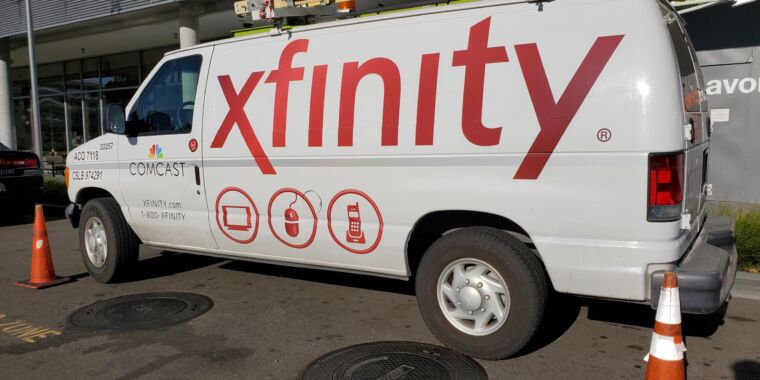Google Releases Eighth Zero-Day Patch of 2023 for Chrome
Google has issued an urgent update to address a recently discovered vulnerability in Chrome that has been under active exploitation in the wild, marking the eighth zero-day vulnerability identified for the browser in 2023.
Identified as CVE-2023-7024, Google said the vulnerability is a significant heap buffer overflow flaw within Chrome’s WebRTC module that allows remote code execution (RCE).
WebRTC is an open source initiative enabling real-time communication through APIs, and enjoys widespread support among the leading browser makers.
How CVE-2023-7024 Threatens Chrome Users
Lionel Litty, chief security architect at Menlo Security, explains that risk from exploitation is the ability to achieve RCE in the renderer process. This means a bad actor can run arbitrary binary code on the user’s machine, outside of the JavaScript sandbox.
However, real damage relies on using the bug as the first step in an exploit chain; it needs to be combined with a sandbox escape vulnerability in either Chrome itself or the OS to be truly dangerous.
“This code is still sandboxed due to the multiprocess architecture of Chrome though,” Litty says, “so with just this vulnerability an attacker cannot access the user’s files or start deploying malware, and their foothold on the machine goes away when the impacted tab is closed.”
He points out Chrome’s Site Isolation feature will generally protect data from other sites, so an attacker can’t target the victim’s banking information, although he adds there are some subtle caveats here.
For example, this would expose a target origin to the malicious origin if they use the same site: In other words, a hypothetical malicious.shared.com can target victim.shared.com.
“While access to the microphone or camera requires user consent, access to WebRTC itself does not,” Litty explains. “It is possible this vulnerability can be targeted by any website without requiring any user input beyond visiting the malicious page, so from this perspective the threat is significant.”
Aubrey Perin, lead threat intelligence analyst at Qualys Threat Research Unit, notes that the reach of the bug extends beyond Google Chrome.
“The exploitation of Chrome is tied to its ubiquity — even Microsoft…




